ProArticle Vector
0 Iran jails blogger 14 years An Iranian weblogg... [0.0, 0.0, 0.0, 0.0, 0.0, 0.0, 0.0, 0.0, 0.0, ...
1 UK gets official virus alert site A rapid aler... [0.0, 0.0, 0.0, 0.0, 0.0, 0.0, 0.0, 0.0, 0.0, ...
2 OSullivan could run Worlds Sonia OSullivan ind... [0.0, 0.0, 0.0, 0.0, 0.0, 0.0, 0.0, 0.0, 0.0, ...
3 Mutant book wins Guardian prize A book evoluti... [0.0, 0.0, 0.0, 0.0, 0.0, 0.0, 0.0, 0.0, 0.0, ...
4 Microsoft seeking spyware trojan Microsoft inv... [0.0, 0.0, 0.0, 0.0, 0.0, 0.0, 0.0, 0.0, 0.0, ...
The above is the data.head() snippet from a vectorized news article.
type(data.Vector[0]) is list
I need to use KMeans clustering on this Vectorized data, but the lists won't let me.
data.Vector.shape is 179, and data.Vector[0].shape is 8868.
How can I remove the list, or if I can't, then how can I use it to cluster the given data? Perhaps I could get a dataframe in the following way to start, followed by running PCA on it.
